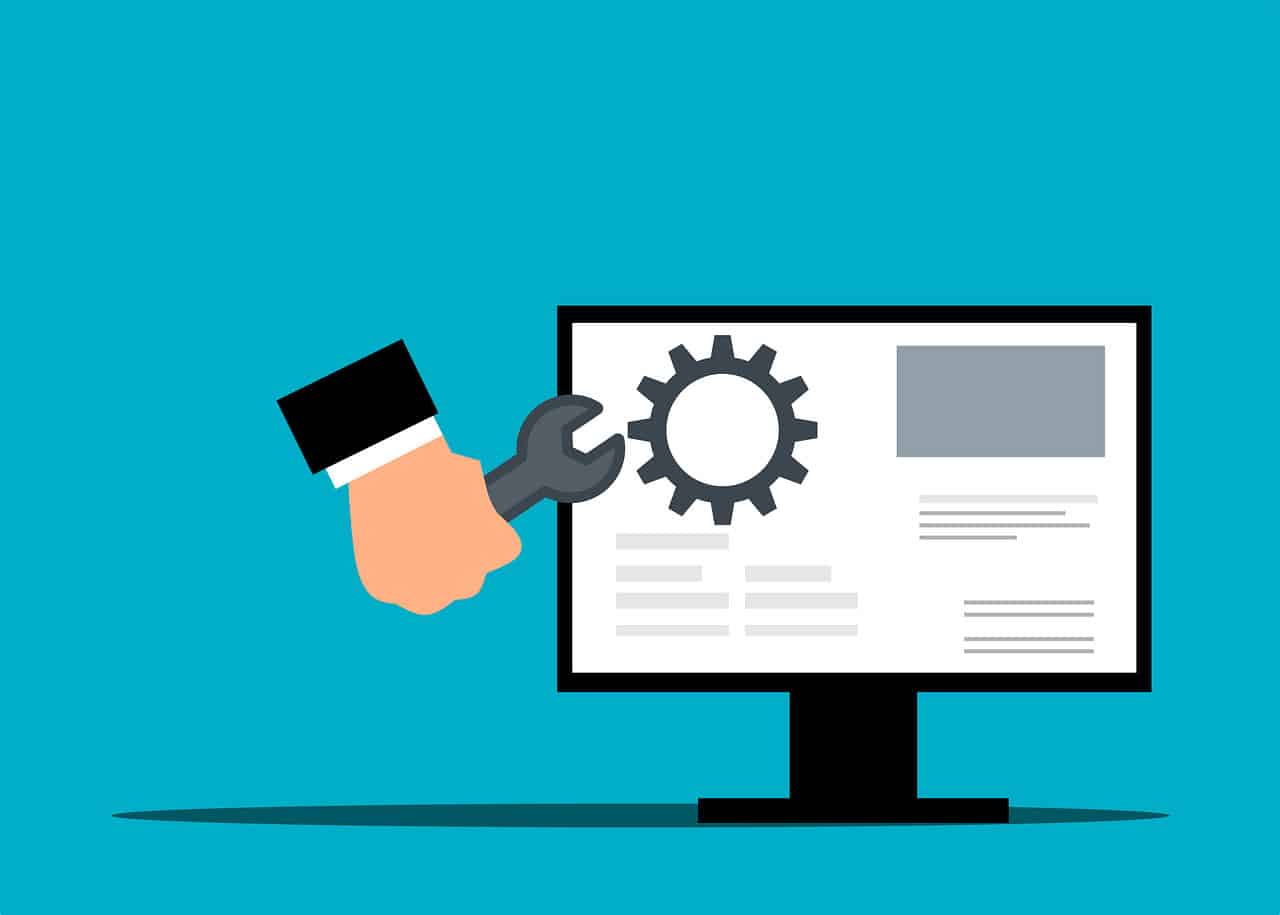Your website is for your audience. Its look, feel, and functionality should always prioritize user experience (UX). Often, companies forget that those who land on their website are looking for information, answers, solutions, and products. Failure to present this story and focus on UX can lead to users coming and going swiftly.
So, how do you prioritize UX?
What Is User Experience?
First, let’s define what UX is. It describes a design framework that focuses on aesthetics and function. It’s about creating a digital space that’s easy for a user to understand and navigate. The objective is to create a meaningful, relevant experience for anyone who visits your website.
UX has many components and elements to consider. Next, we’ll define how to ensure UX is a priority for your website.
Prioritizing UX for Your Website
For an existing website, you’d want to start with assessing how simple it is for a visitor to find information and move through pages. Having a design team evaluate this is a good approach. Even if you don’t realize it, you have bias because you know all the things about your company. Users don’t. Here are areas to improve to ensure UX is a priority.
The Mobile Experience
Mobile now dominates online viewing. Most of your prospective customers will be viewing your site on their smartphones. First, your website needs to be responsive, automatically adjusting the scale depending on the device.
But there’s more to mobile UX. It also includes things like:
- Font legibility
- Size of buttons
- Navigation placement
- Image quality
- Scrolling
- Arrangement of content sections
The experience of consuming content and navigating your website on mobile should be seamless. Having a mobile-first approach to design ensures it will be.
Website Speed
If your website is slow to load, users will leave. In the age of 5G and lightning-fast rendering, you only have a few seconds to catch their attention. Often, the culprits of a slow site are unnecessary code, image size, and lots of redirects.
Test your website speed on desktop and mobile. If it’s stalling, you’ll need to look at the backend and make changes to accelerate loading.
Layouts That Engage
No matter your industry or the size of your website, keeping layouts simple and clean is a UX best practice. “Fancy” design elements won’t make an impact if they seem inconsequential to your content. It can easily confuse visitors, and that’s the last thing you want!
Instead, use lots of white space and subtle breaks like lines between content sections. Also, use lots of headers and subheaders to make it easy to read. Bullet lists are great too for scanning.
User Flows Are Smooth
Another part of UX is the user flow. For this component, you’re tracing a user’s journey through your website, asking questions like how many clicks it takes for visitors to find what they need. Web design experts can help you understand how users explore your website from your analytics and identify where roadblocks may be. The more streamlined the user flow, the better the experience.
Make UX a Priority for Your Website
If you haven’t thought about the user experience, it’s time to make it a priority. With these changes, you could see a boost in traffic, time on site, and conversions. To get started, talk to our team of pros today.

